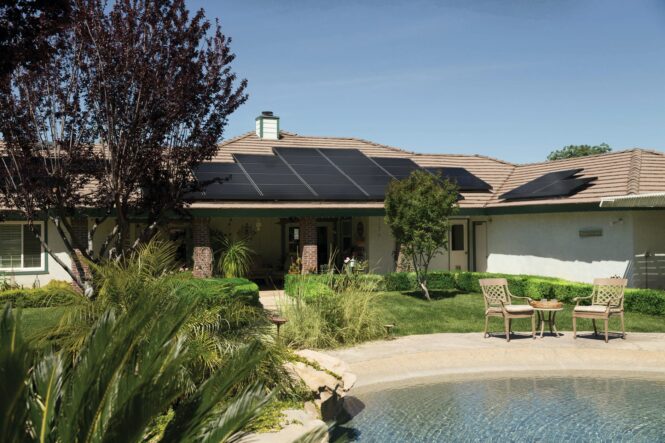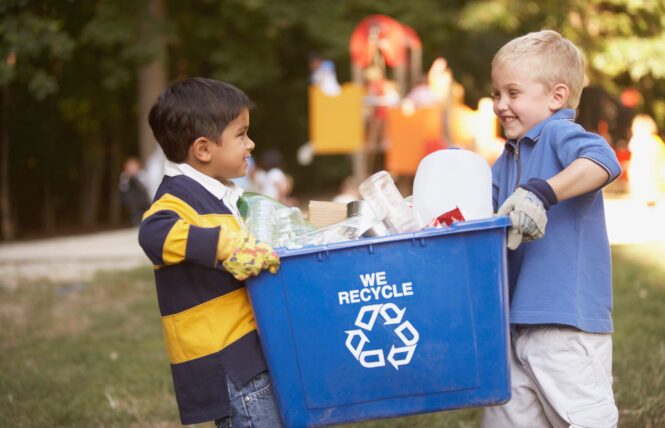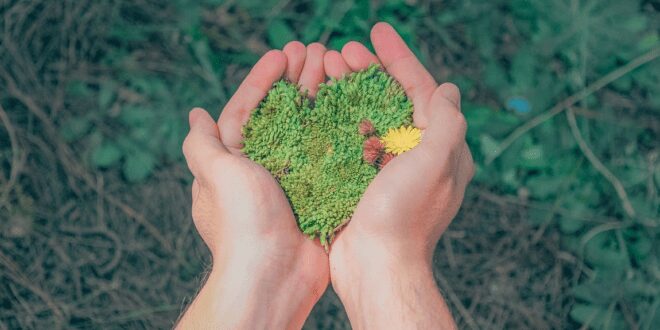Being environmentally conscious is on everybody’s mind these days because people are becoming more aware of the impact their lifestyles have on the environment. While fossil fuel consumption is still on the rise, most people now have more options than ever before to lead more sustainable lives.
Indeed, there is no reason not to shift to a low-carbon lifestyle. With numerous innovations in eco-friendly technology on the table, making a change for the better is only a matter of will.
Here are a few things that will help make the transition easier.
-
Change bulbs and develop healthy habits

Of course, the first thing you will have to consider is cutting your energy consumption by a significant amount. But it’s important to point out that this process doesn’t happen overnight. You have to carefully go through a certain set of steps, starting with replacing bulbs with LED lights. You might also need to change how you consume electricity. The simple act of switching off appliances when they are not in use can really go a long way.
But transitioning to a more eco-friendly lifestyle doesn’t stop at bulb replacements. You also need to develop healthy habits along the way. One healthy habit to consider is visiting farmers’ markets for your fruits and veggies. Many food products today are tinged with numerous preservatives and unhealthy chemicals. Adopting an eco-friendly diet would mean distancing yourself from familiar brands and embracing organic produce. Visit your local farmer’s market to look for fresh ingredients that are not infused with unnecessary chemicals.
-
Know your power source

Many homes are powered by traditional fossil fuels because they are able to supply large volumes of energy. This reliance makes it harder for people to shift toward clean and renewable energy. Luckily, research and development on sustainable energy has made it possible to make such alternatives as solar power easily accessible to consumers.
Sure enough, the solar energy industry is growing even in major areas that rely mostly on oil and gas for power. According to an article in PV Magazine, a drop in oil and gas prices has, for the most part, contributed to a steady rise in the demand for energy alternatives. States like Texas, which is a major oil produced in the country, are looking to build even more solar farms as renewable energy is expected to account for at least 21 percent of the country’s total energy consumption.
That said, homeowners should begin to think about transitioning to alternative energy sources, and slowly but surely turn away from oil and gas dependence. The first step along this route is to embrace electricity companies that invest and offer renewable energy options for consumers. Just Energy in Texas, for example, offers cost-efficient green energy plans for major cities in Texas such as Dallas, Fort Worth, and Houston. If you live in these cities or the surrounding areas, click here to learn how you can offset energy usage and consume electricity in a way that doesn’t hurt the planet.
-
Use less plastics

Plastic is everywhere and we simply can’t avoid using gadgets and containers made from this material. But considering the fact that global plastic waste reached 6.3 billion metric tons in 2017, according to figures by National Geographic, we know we need to reduce our dependence on plastic.
Unless we find a way to control the way we use and throw out plastic products, we can expect this number to rise even higher in the coming years. Where else do we need to start than with ourselves? It’s difficult to avoid plastics, but it’s possible for you to keep plastic use to a minimum.
Right now supermarkets are selling eco-friendly items as part of their corporate social responsibility initiatives. That said, this would depend if your local supermarket maintains such a commitment. You might as well find specialty stores that sell eco-friendly products made from organic materials. You can also check out online stores that sell items, ranging from toiletries to construction materials to mattresses that are 100% organic.
Additionally, bringing reusable bags when you are out shopping can help you reduce plastic consumption. You can also use metal straws whenever you go out to eat. It is a simple habit to develop but it can help you do your part in reducing plastic pollution, 2,000 tons of which is made up of plastic straws!
Although we cannot disconnect from a reality where plastics dominate our everyday life, scientists are already working to develop alternatives, one of which is bioplastic. While this is not an entirely new concept, plastics made from vegetable oil, wood, and other organic materials are being refined to suit modern consumers. It will take some time, but such products will definitely become available as governments consider implementing policies to reduce plastic consumption.
-
Recycle, recycle, recycle!

It might seem cliche, but recycling does help a lot in terms of reducing consumption and keeping the amount of household waste to a minimum. Repurposing old or broken appliances would be an obvious solution. Instead of throwing out an old refrigerator for instance, you can convert it into a cabinet for extra storage space.
Other than that, you can also sell used items online or donate them to people who need them the most. This should help you save space around the house without having to throw something away as useless junk. After all, people can still use a broken television set for some other purpose.
You can also consider making decorations out of used plastics. This should help you save money and reduce plastic waste. For sure, there are tons of DIY tutorials and How-To videos that will teach you how to convert plastic ways into works of art.
Finally, you can also take part in community initiatives and projects for sustainability. Reach out to your homeowners association to see if the community is taking part in any green initiatives. If not, then you might as well suggest activities and projects that will help raise environmental awareness in the area.
Environmental stewardship is important now more than ever. And as new solutions are introduced to combat climate change and other environmental problems, it is still up to individual action to really initiate a shift toward a brighter future.
 Imagup General Magazine 2024
Imagup General Magazine 2024



